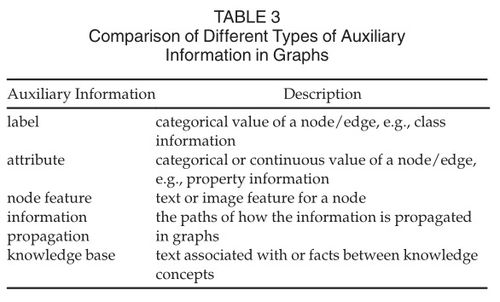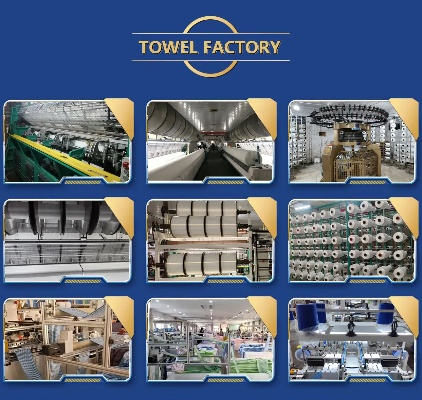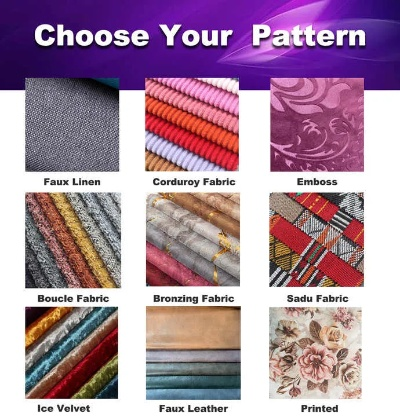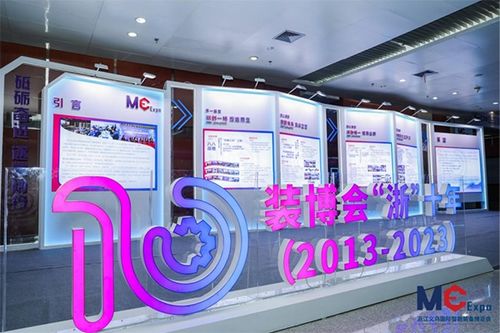A Comprehensive Review of Textile Export Literature
This paper provides a comprehensive review of textile export literature. It discusses the various factors that influence textile exports, such as market demand, supply and demand, competition, and government policies. The paper also examines the impact of globalization on textile exports, including the rise of emerging markets and the challenges faced by traditional exporters. Additionally, the paper analyzes the role of technology in driving growth in the textile industry, including new materials, manufacturing processes, and digital marketing strategies. Finally, the paper concludes with recommendations for policymakers and industry stakeholders to support sustainable and equitable textile exports.
Introduction: Textiles, a crucial component of global trade, have played a significant role in fostering economic growth and cultural exchanges. The export of textile products has been a vital aspect of many countries' economies, contributing to their competitiveness and diversification. This review aims to provide an insight into the literature on textile exports, highlighting the key factors that influence this sector, the challenges faced, and the strategies employed by different nations to enhance their textile exports.
Key Factors Influencing Textile Exports:
- Technological Advancements: Advances in technology have significantly impacted the textile industry, enabling manufacturers to produce high-quality, sustainable, and eco-friendly textiles.
- Globalization: The rise of globalization has led to increased competition and market integration, making it essential for textile manufacturers to adopt international standards and adapt to diverse markets.
- Government Policies: Government policies play a critical role in shaping the textile export landscape. Policies that promote innovation, investment, and trade facilitation can stimulate growth and expansion in the export sector.
- Trade Barriers: Trade barriers such as tariffs, quotas, and non-tariff measures can affect the competitiveness of textile exports and necessitate innovative solutions to overcome them.
- Economic Conditions: Economic conditions such as inflation, interest rates, and exchange rates can influence the demand for textiles and the overall performance of the export sector.
- Sustainability and Environmental Impact: As consumers become more aware of the environmental impact of their purchases, sustainable practices and greener production methods are becoming increasingly important for textile exporters.
Challenges Faced by Textile Exporters:
- High Costs: High raw material costs, transportation expenses, and labor costs can significantly impact the profitability of textile exports.
- Competition: With the increasing number of textile exporters from emerging markets, there is fierce competition in the global market.
- Market Volatility: Unpredictable fluctuations in global demand can lead to supply chain disruptions and loss of market share.
- Regulatory Challenges: Complex regulatory frameworks and compliance requirements can be challenging for textile exporters.
- Cultural Differences: Understanding and adapting to different consumer preferences and market cultures can be a significant challenge for exporters.
- Ethical Concerns: Consumer awareness about ethical sourcing and fair trade practices has raised concerns about the sustainability of some textile products.
Strategies Employed by Textile Exporters:

- Innovation and Technology: Investing in research and development to improve product quality, reduce costs, and increase efficiency is crucial for maintaining competitiveness in the global market.
- Diversification: Expanding into new markets or niche markets can help mitigate risks associated with traditional export destinations.
- Customization: Offering customized products that meet specific customer needs can differentiate exporters from competitors and attract a wider range of customers.
- Brand Building: Developing strong brand identity and building a loyal customer base can enhance market share and reputation.
- Sustainable Practices: Adopting sustainable production methods and incorporating eco-friendly materials can position exporters as leaders in the industry and appeal to environmentally conscious consumers.
- Education and Training: Providing training programs and education initiatives to employees can enhance their skills and knowledge, improving productivity and reducing costs.
Case Study: One example of a successful textile exporter is the United States, which has been a leader in the global textile industry for decades. The US has invested heavily in research and development, promoting innovation and technological advancements in the industry. Additionally, the US has implemented policies to support small businesses and encourage entrepreneurship, creating a vibrant ecosystem for textile exporters.
Another example is India, which has emerged as a major player in the textile export market. India's textile industry is characterized by its diversity, with a wide range of products catering to various consumer preferences. To maintain its competitive edge, India has focused on innovation, adopting digital technologies to streamline operations and enhance product quality.
Conclusion: The textile export literature provides valuable insights into the factors that influence the growth and success of this industry. By understanding the key factors, challenges faced, and strategies employed by different nations, exporters can optimize their operations and capitalize on opportunities presented by the global marketplace. As the global economy continues to evolve, the textile export sector will undoubtedly face new challenges and opportunities, requiring continuous adaptation and innovation to stay ahead.
纺织品出口一直是全球贸易的重要组成部分,随着全球化的不断深入,纺织品出口的文献研究也日益受到重视,本文旨在综述纺织品出口的相关文献,通过案例分析的方式,为相关研究提供参考。
纺织品出口文献综述
纺织品出口市场概况
纺织品出口市场涵盖了全球多个国家和地区,包括发达国家和发展中国家,随着全球经济的不断发展和国际贸易环境的不断优化,纺织品出口市场呈现出多元化、国际化的趋势。

纺织品出口相关研究领域
纺织品出口相关的研究领域主要包括纺织品贸易、纺织品质量与安全、纺织品环保、纺织品技术创新等,纺织品贸易是研究的核心领域,涉及到纺织品进出口政策、贸易规则、市场分析等方面。
文献综述内容
(1)纺织品进出口政策研究
近年来,各国政府纷纷出台了一系列纺织品进出口政策,以促进纺织品出口,这些政策主要包括关税减免、配额限制、进口许可证等,随着国际贸易环境的不断优化,纺织品出口政策也呈现出灵活性和多样性的特点。
(2)纺织品质量与安全研究
随着人们对纺织品质量的要求不断提高,纺织品质量与安全成为纺织品出口的重要研究领域,研究内容包括纺织品的质量标准、检测方法、认证体系等方面,随着环保意识的不断提高,纺织品环保也成为纺织品出口的重要考虑因素。
(3)纺织品技术创新研究

随着科技的不断进步,纺织品技术创新成为纺织品出口的重要支撑,研究内容包括纺织品的纤维种类、生产工艺、织造技术等方面的创新,随着数字化、智能化等技术的发展,纺织品出口也面临着新的机遇和挑战。
案例分析
(1)某国家纺织品出口案例
某国家近年来积极推动纺织品出口,出台了一系列促进纺织品出口的政策和措施,该国家在纺织品贸易方面取得了显著的成绩,主要得益于其灵活的进出口政策和高效的贸易流程,该国家还注重提高纺织品的质量和安全水平,加强了纺织品的环保认证。
(2)其他国家纺织品出口案例
其他国家在纺织品出口方面也取得了不俗的成绩,一些发达国家在纺织品贸易方面注重提高自身的纺织品质量和安全水平,加强了纺织品的环保认证和科技创新,一些发展中国家也在积极推动纺织品出口,加强了与世界各国的贸易合作。
纺织品出口是全球经济贸易的重要组成部分,随着全球化的不断深入和国际贸易环境的不断优化,纺织品出口的研究也日益受到重视,本文通过对纺织品出口相关文献的综述和分析,为相关研究提供了参考,通过案例分析的方式,进一步展示了纺织品出口的实际情况和发展趋势,随着全球经济的不断发展和国际贸易环境的不断优化,纺织品出口的研究将更加深入和广泛。
Articles related to the knowledge points of this article:
Protecting Your Skin with Textile Materials Against Mosquito Bites



